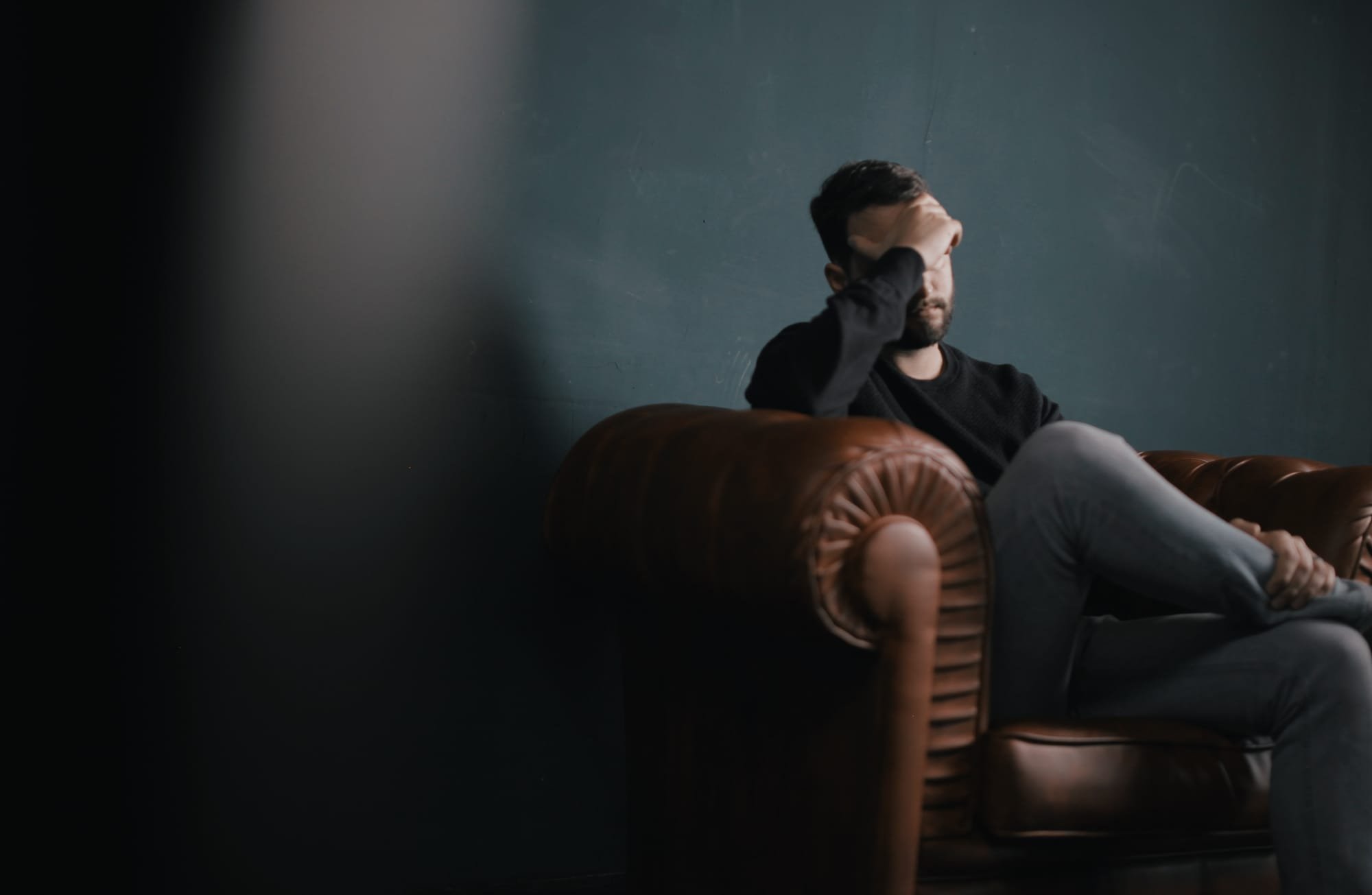New Research - Mental Health in the Specialised Athlete

New Study Released: 'Mental Health in the Specialised Athlete' by Daley, Shoop & Christino (2023).
In short:
More research is needed to negate the negative effects of early specialisation on young people, as specialisation can harm their performance, physical health and overall wellbeing.

More detail:
The research aimed to review the existing evidence regarding the psychological aspects of sport specialisation with consideration of adolescent development. Early sport specialisation is associated with increased risk of injury and burnout, which have significant implications for mental health. Mental health education programs which are designed to promote awareness, decrease stigma and encourage help-seeking behaviours can be effective in increasing resilience and recognising those in need early. Early specialisation is likely to occur through the expectation that it will increase the likelihood of long-term athletic success. However, the majority of elite athletes delay specialisation at least until mid to late adolescence. It is vital to consider the developmental psychology of young people and avoid imposing expectations which are beyond their present neurological capabilities.
Early specialisation has been shown to cause depression, anxiety and burnout, and young athlete who are pressured to perform to excessively high standards are likely to internalise athletic failures as feelings of shame. This can further lead to maladaptive perfectionism, overtraining, eating disorders and other harmful behaviours which negatively affect performance, physical health and overall wellbeing. More research is needed to better inform sport-specific recommendations regarding specialisation and optimising the benefits of early sport participation whilst limiting the negative impact.
Find the research here:
Reference: Daley, M. M., Shoop, J., & Christino, M. A. (2023). Mental Health in the Specialized Athlete. Current Reviews in Musculoskeletal Medicine, 1-9.
Link: https://link.springer.com/article/10.1007/s12178-023-09851-1